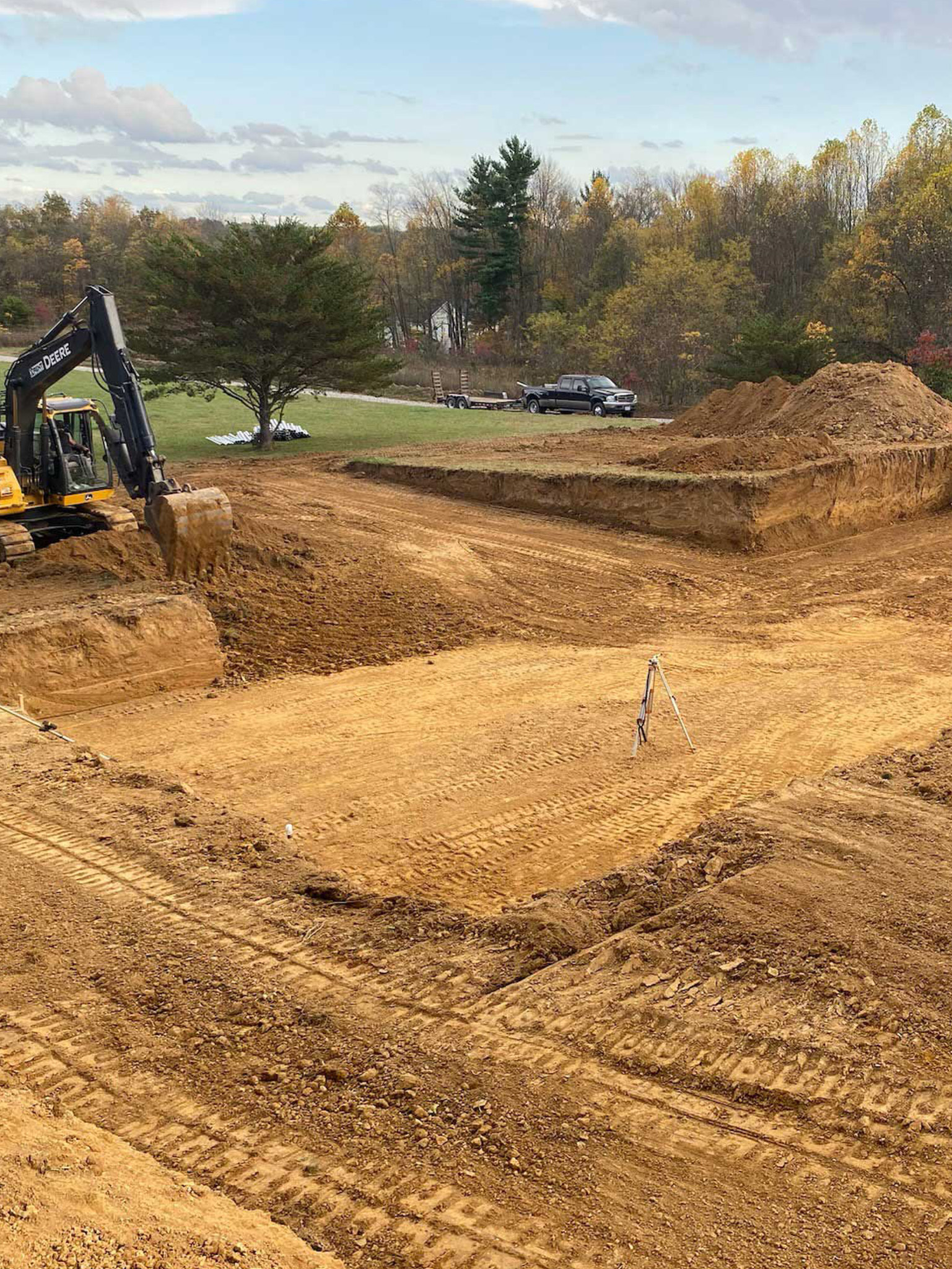In-Depth Exploration: The Science Behind Superior Excavation Practices
From ancient hand tools to modern-day hydraulic excavators, the advancement of excavation methods has been a testament to human resourcefulness and technical improvements. What absolutely establishes remarkable excavation methods apart is a deep understanding of geological principles, coupled with the application of innovative tools and approaches.
Development of Excavation Techniques
Throughout background, the development of excavation strategies has played an important role beforehand building and construction methods and archaeological explorations. From the simple tools made use of by our forefathers to the advanced machinery used in contemporary times, the development of excavation techniques has actually substantially changed just how we come close to different jobs.
In old times, hands-on labor with basic devices such as wheelbarrows, pickaxes, and shovels was the main method of excavation. This labor-intensive procedure limited the deepness and scope of excavations, typically resulting in sluggish progress and restricted access to certain websites. However, as worlds progressed, so did the techniques and tools used for excavation.
The Industrial Revolution marked a turning factor in excavation exercise with the introduction of steam-powered equipment. This innovation reinvented the area, permitting faster and a lot more comprehensive excavations. In modern times, modern technology plays a pivotal function in excavation, with innovations like GPS systems, drones, and 3D scanning enhancing precision and efficiency in the area. The development of excavation techniques remains to form the method we construct, explore, and comprehend the globe around us.
Role of Technology in Excavation

The assimilation of cutting-edge modern technology has essentially transformed the area of excavation, boosting accuracy and efficiency to unprecedented degrees. One of the key technical innovations that has considerably impacted excavation techniques is the use of GPS systems. These systems enable for precise mapping of excavation websites, allowing operators to properly find below ground utilities and structures. In addition, the use of telematics in excavation equipment has actually enabled real-time surveillance of device performance, bring about positive maintenance and boosted operational performance.
In addition, the advent of 3D modeling and simulation software application has structured the planning process for excavation projects. Drivers and engineers can currently picture the entire excavation process prior to breaking ground, optimizing and identifying potential challenges process. Combined with this, the application of drones in excavation tasks has promoted aerial surveys, volumetric dimensions, and site examinations with unequaled speed and accuracy.
Geological Principles in Excavation
An understanding of geological principles is essential for ensuring the architectural integrity and security of excavation websites. Geological variables play a vital duty in identifying the expediency and safety of excavation jobs (lancaster trenching). One key geological concept to take into consideration is the kind of dirt or rock existing at the site. Different dirt kinds, such as clay, sand, or gravel, have varying degrees of stability and require different excavation techniques. Cohesive dirts like clay might require added support to prevent collapses, while sandy soils might be prone to disintegration during excavation.
By conducting comprehensive geological surveys and evaluation, excavators and designers can create approaches to minimize dangers and guarantee the successful conclusion of excavation tasks. Eventually, integrating geological principles right into excavation methods is important for achieving safe, effective, and sustainable results.

Newest Devices for Excavation
In the world of excavation practices, contemporary developments in tools have revolutionized the effectiveness and accuracy of excavation procedures. One of the most recent tools making waves in the industry is using drones furnished with advanced imaging innovation. These drones can give comprehensive airborne studies of excavation sites, supplying real-time data on topography and prospective threats. This information help in much better planning and decision-making throughout the excavation process.
Another cutting-edge tool getting popularity is the execution of 3D printing technology for creating customized excavation equipment. This permits the manufacturing of specialized tools that are customized to the particular demands of a project, increasing performance and decreasing downtime.
Furthermore, improvements in materials science have actually caused the growth of more powerful and a lot more sturdy excavation devices. lancaster excavation. Tungsten carbide-tipped excavator add-ons, for instance, offer exceptional performance in challenging ground problems, enhancing performance on-site
Science's Effect on Excavation Practices

Moreover, innovations in products science have actually caused the creation of stronger, much more resilient excavation devices and tools. For example, using composite products in shovels and diggers has actually enhanced their efficiency and long life, eventually raising productivity on excavation websites. Additionally, clinical research on dirt mechanics and description geotechnical design has given useful insights right into dirt habits, permitting excavation professionals to make enlightened decisions pertaining to excavation methods and dirt stablizing methods. On the whole, science remains to drive development and renovation in excavation practices, making excavation projects more reliable, cost-efficient, and sustainable.

Final Thought
Finally, the development of excavation techniques has been greatly affected by innovations in technology and a deeper understanding of geological concepts. The most up to date devices and equipment used in excavation have actually enhanced efficiency and accuracy in the area. The application of clinical understanding has dramatically boosted excavation methods, leading to more lasting and reliable techniques for excavating numerous sorts of products.
In the realm of excavation techniques, modern innovations in tools have actually changed the performance and accuracy of excavation processes. By leveraging scientific concepts, the excavation sector has actually been able to considerably boost performance, precision, and security in excavation processes. GPR permits excavation groups to non-invasively scan and map subsurface structures, energies, and possible dangers, allowing them to prepare excavation projects with greater accuracy and minimized risk of accidents.
In addition, scientific research on dirt technicians and geotechnical engineering has given useful insights right into soil Click Here actions, enabling excavation professionals to make enlightened choices pertaining to excavation techniques and dirt stablizing techniques. Overall, scientific research continues to drive development and renovation in excavation techniques, making excavation projects more effective, affordable, and lasting.
Comments on “Dump Truck Companies in Ohio - Reputable Dump Truck Services Throughout Ohio”